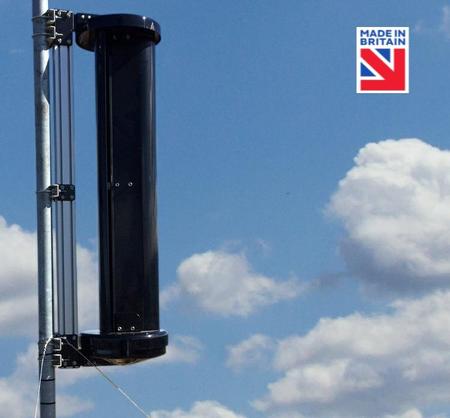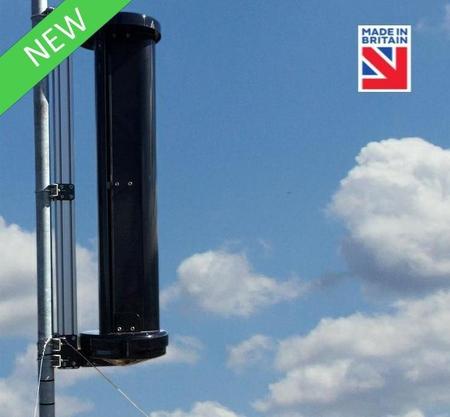Blog
Revolutionize Energy: Explore the Benefits of DIY Wind Turbines for Sustainable Living
In an era where sustainable living is becoming increasingly essential, the importance of renewable energy sources cannot be overstated. One such innovative solution is the DIY wind turbine, a practical and eco-friendly project that empowers individuals to harness the power of wind for their energy needs. With the global shift towards greener alternatives, creating your own wind turbine not only cuts down on electricity bills but also significantly reduces your carbon footprint. This blog will explore the numerous benefits of DIY wind turbines, highlighting how they can contribute to a more sustainable lifestyle while offering a sense of accomplishment and self-reliance. From understanding the basic components and design considerations to the potential energy savings and environmental impact, we will guide you through the fascinating journey of transforming your living space into a hub of renewable energy. If you're ready to take the plunge into sustainable living, the DIY wind turbine could be your gateway to a cleaner, greener future.
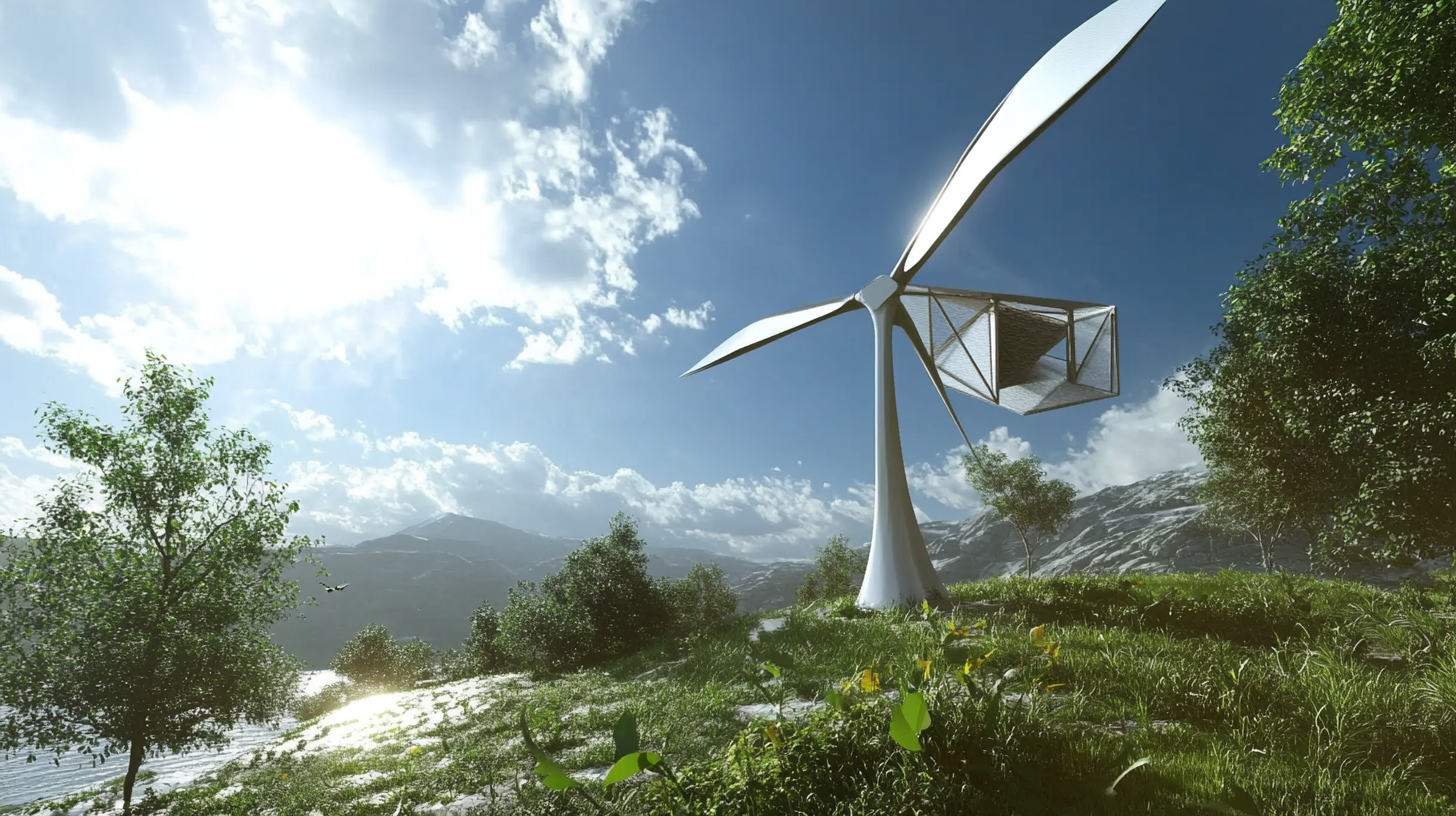
Understanding the Basics of Wind Energy and DIY Wind Turbines
Wind energy is a sustainable and renewable power source that harnesses the natural force of the wind to generate electricity. Understanding the basics of wind energy allows us to appreciate its potential in reducing our carbon footprint and promoting eco-friendly living. Wind turbines work by converting the kinetic energy of wind into mechanical energy, which is then transformed into electricity. By learning how wind energy operates, individuals can start to see the benefits of integrating this clean power source into their lives.
DIY wind turbines provide an accessible way for individuals to contribute to sustainable living. Building your own turbine empowers you to harness wind energy for personal use, significantly reducing reliance on traditional fossil fuels. It also offers a practical application of engineering and renewable energy concepts. Whether you aim to power a small device or reduce your overall energy bills, constructing a wind turbine allows for experimentation and innovation while educating oneself about the broader impacts of sustainable technologies in our daily lives.
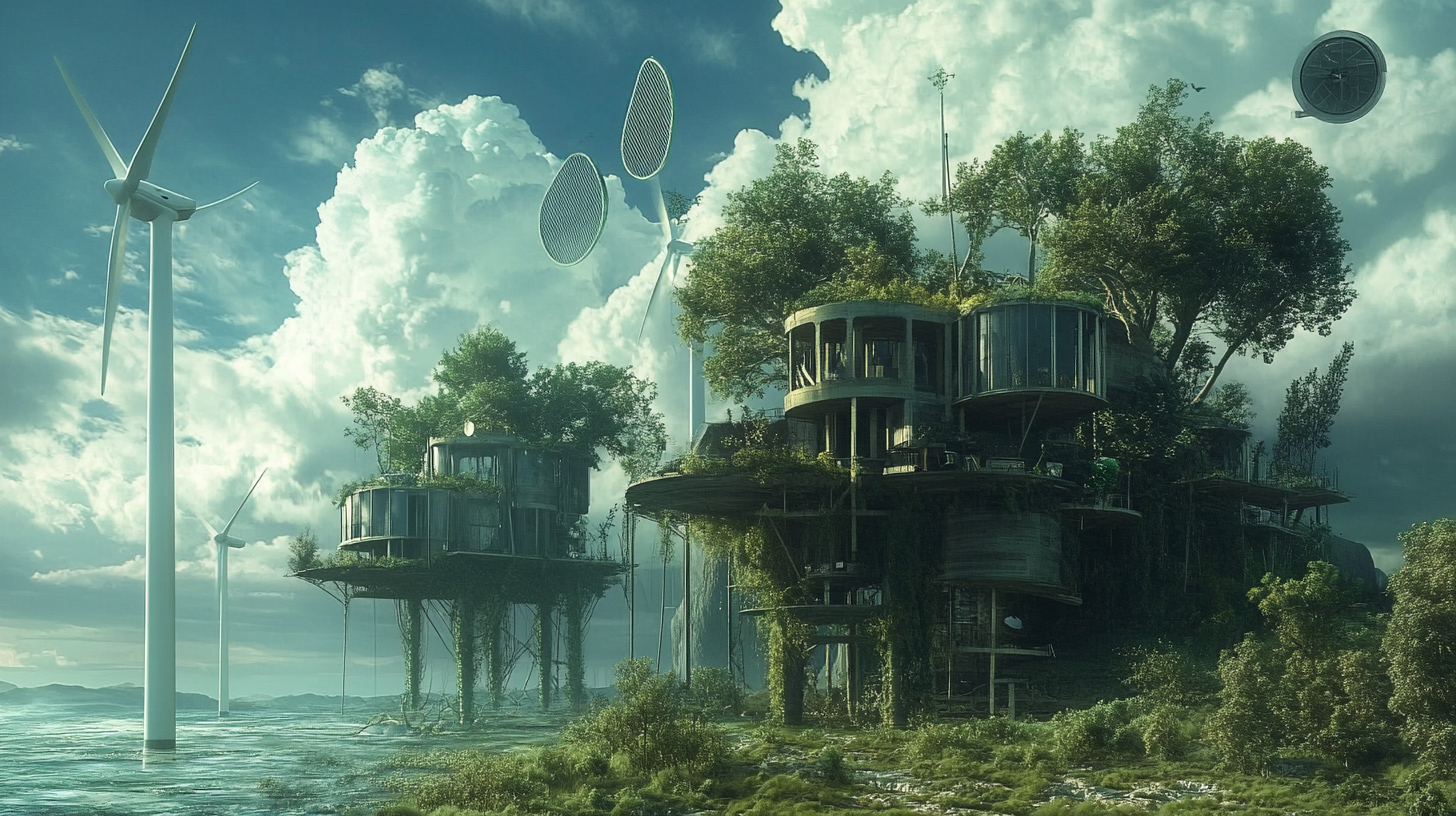
Essential Tools and Materials Needed for Building Your Own Wind Turbine
Building your own wind turbine can be an empowering step towards sustainable living, and having the right tools and materials is essential for a successful project. At its core, a DIY wind turbine requires a sturdy frame to support the blades and generator. Typically, materials such as plywood or metal pipes serve well for this purpose. According to the National Renewable Energy Laboratory (NREL), the average small wind turbine can generate between 400 to 1,000 kWh per year if effectively installed and maintained, demonstrating substantial potential benefits for energy consumption.
In addition to a solid foundation, the blades are crucial for capturing wind energy. Many DIY enthusiasts opt for PVC pipes or repurposed plastic blades due to their lightweight and durability. Furthermore, integrating a DC motor as a generator is vital; industry reports suggest that a motor with a power rating suitable for small turbines typically ranges from 100 to 300 watts. Other essential tools include a drill for assembly, a multimeter for testing voltage output, and safety gear to ensure personal protection throughout the construction process. Embracing this DIY approach not only fosters independence in energy generation but also significantly reduces carbon footprints, contributing to a greener planet.
Step-by-Step Guide to Constructing a DIY Wind Turbine
Building your own wind turbine can seem daunting, but with a clear step-by-step guide, you can harness the power of the wind to promote sustainable living. Start by gathering the necessary materials, including PVC pipe, a generator, and blades made from lightweight materials. Each component plays a crucial role in the efficiency of your turbine. For instance, the shape and size of the blades will determine how much wind energy is captured.
Once you have your materials ready, the construction process can begin. Begin by constructing the base, ensuring it is sturdy to withstand high winds. Next, attach the blades to the rotor and connect it to the generator. Be sure to follow safety precautions to avoid any accidents. Finally, secure your turbine in an open area where it can catch wind unobstructed. With a bit of patience and attention to detail, you’ll have your very own DIY wind turbine, ready to generate clean energy for your home.
Not only will this project give you a sense of accomplishment, but it will also contribute to a more sustainable future. By integrating DIY wind turbines into your lifestyle, you can reduce your carbon footprint and inspire others to follow suit.
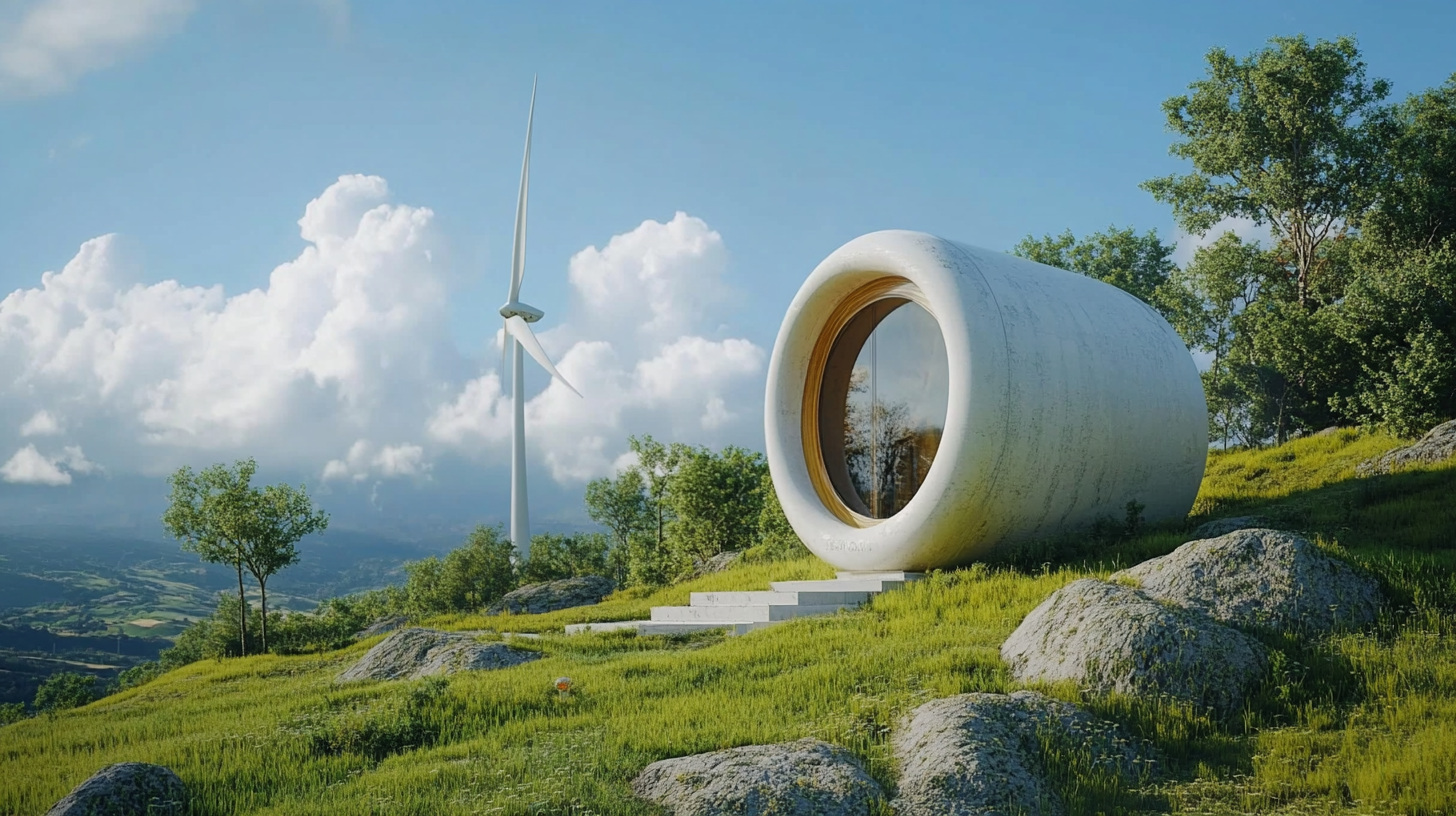
Maximizing Efficiency: Tips for Optimizing Your Wind Turbine's Performance
When it comes to maximizing the efficiency of your DIY wind turbine, several key factors come into play that can significantly enhance its performance. First and foremost, the placement of your turbine is crucial. Ensure that it is positioned in an area with minimal obstructions, such as trees or buildings, which can disrupt the airflow and reduce energy capture. Ideally, your turbine should be elevated to harness the strongest winds available, taking advantage of higher altitudes where wind speeds are generally greater.
Another essential aspect is the rotor design. Selecting the right materials and size for your blades can greatly affect the turbine’s energy output. Lightweight yet durable materials like fiberglass or carbon fiber are excellent choices for blades, allowing for efficient movement even in lower wind conditions. Additionally, consider the angle and pitch of your blades, as adjusting them for optimal wind direction can lead to significant gains in energy production. Regular maintenance, including checking for signs of wear and ensuring all parts are functioning smoothly, also plays a critical role in maintaining high performance over time. With these tips, your DIY wind turbine can become a powerhouse of sustainable energy in your home.
Energy Production Sources
This pie chart illustrates the various sources of energy production utilized in DIY wind turbine setups. It highlights the percentage contribution of each energy source to promote sustainable living.
Environmental Impact: How DIY Wind Turbines Contribute to Sustainable Living
DIY wind turbines have gained traction as an effective means to promote sustainable living, providing significant environmental benefits. According to the U.S. Department of Energy, the deployment of small wind turbines could reduce carbon dioxide emissions by an estimated 40–80 percent over the lifespan of these systems. By harnessing wind energy, individuals can generate electricity that is not only clean but also reduces dependence on fossil fuels, which are a major contributor to global warming.
Moreover, DIY wind turbines can contribute to local biodiversity. A research study published by the American Wind Energy Association highlighted that small-scale wind projects can often coexist with agricultural land, offering both power generation and preserving the ecological balance. These turbines can create additional habitats for local wildlife, promoting an ecosystem that supports varied species while simultaneously generating renewable energy.
As communities increasingly embrace renewable energy solutions, DIY wind turbines serve as an accessible alternative for households looking to minimize their ecological footprint. The fact that each kilowatt-hour produced by wind energy displaces around 0.7 pounds of carbon dioxide emissions underscores the profound impact these small initiatives can have on reducing greenhouse gas emissions when adopted widely. This shift towards sustainable energy not only fosters a healthier environment but also empowers individuals to take responsibility for their energy consumption.
Impact of DIY Wind Turbines on Sustainable Living
This chart illustrates the benefits of DIY wind turbines in terms of energy production, carbon emissions reduction, cost savings, and community engagement. By investing in DIY wind turbines, individuals can significantly contribute to sustainable living and encourage broader environmental responsibility.
Tell us about your project
Our Off-grid experts will come back with recommendations




